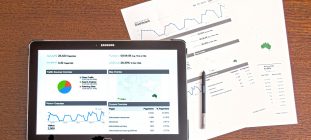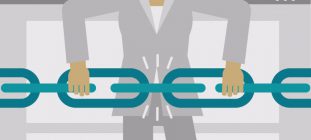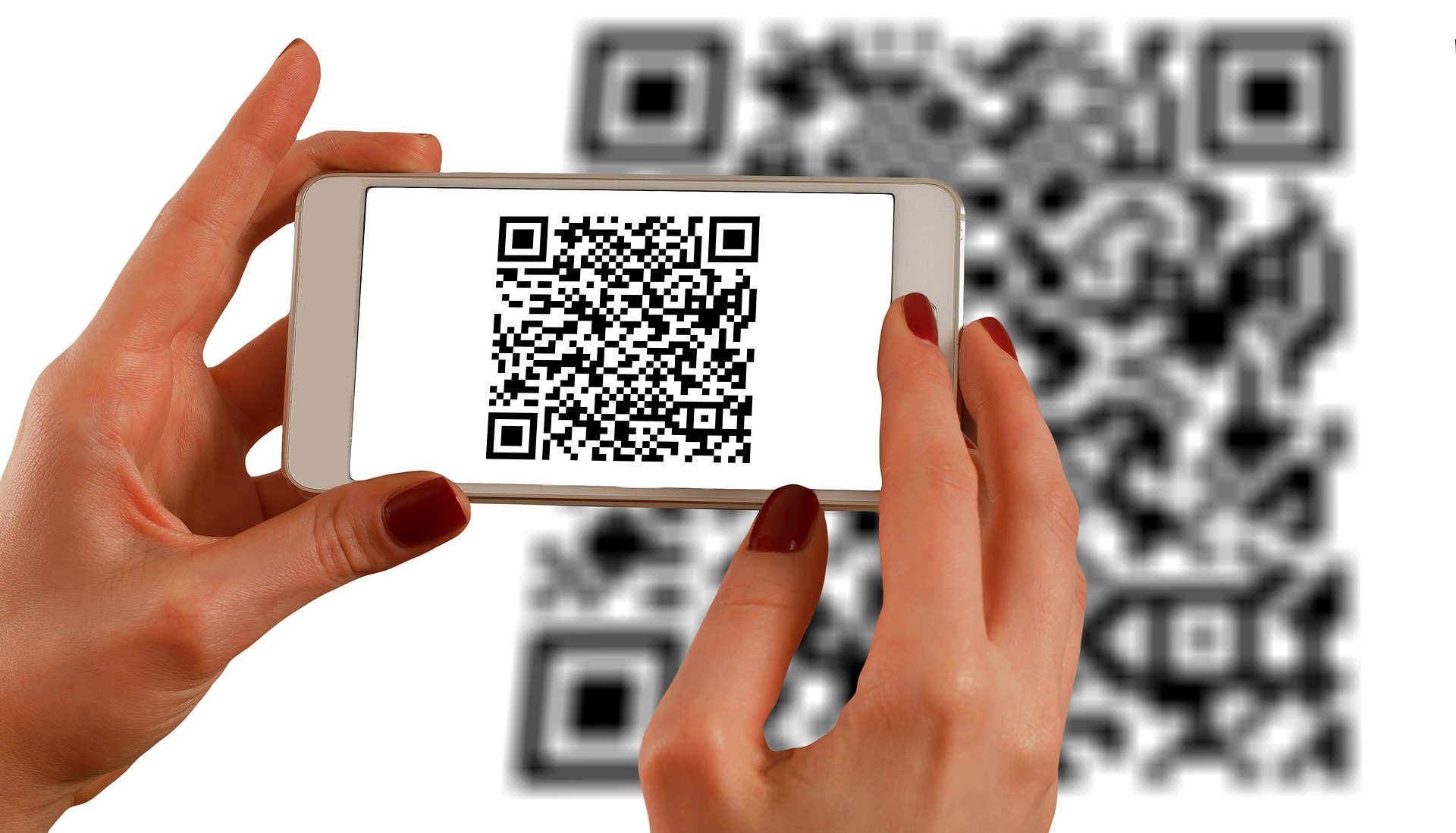
There was a time when technological innovation was not readily available in daily lives. Back then, when a customer purchased something from the stores, the shopkeeper had to go through the product label. This little tag contained every detail about the product. Features like the price of the product, its manufacture date, expiry date, company particulars, shipping and packaging details were also written on these tags. But the checking had to be done manually. It was time-consuming and has enough scope for human error. Thus, the manufacturing and retail industry needed an alternative that had the potential to speed up the entire process. The prayers were answered with the barcode.
Barcode: Discovery and Development
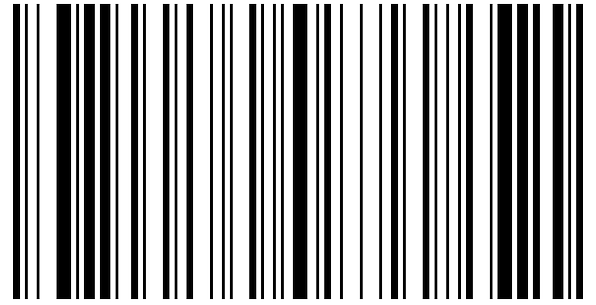
Wallace Flint was first bitten by the bug of inventing something for the retails industry that could automatically offer information about any product. But he was unable to take it too far. In 1948, two friends from Drexel Institute of Technology, Bernard Silver, and Norman Joseph Woodland started working on the same line. They were able to come up with ultra-violent ink reading method. But the durability of the ink was poor, and the process was not cost effective. Several years later, and after numerous failed attempts, National Association of Food Chain, in association with the experts of IBM were able to perfect a unique system that consisted of black lines and gaps. It is an optical representation of information that can be interpreted by barcode reading machines. During the initial days, the barcodes were one dimensional, and then they graduated to two-dimensional lines. This unique data representation system changed the face of the retail industry.
Barcode types and readers
Products come with three types of barcodes. They are either numeric, alpha-numeric or 2-Dimensional barcodes. Apart from this, there is a particular type of barcode that is used by manufacturing industries. These barcodes are different for each sector. Mainly three kinds of barcode readers are available in the market. Retail industry uses pen code readers, laser, and omnidirectional barcode scanners. These machines have made it easy for retailers to keep a tab on the products.
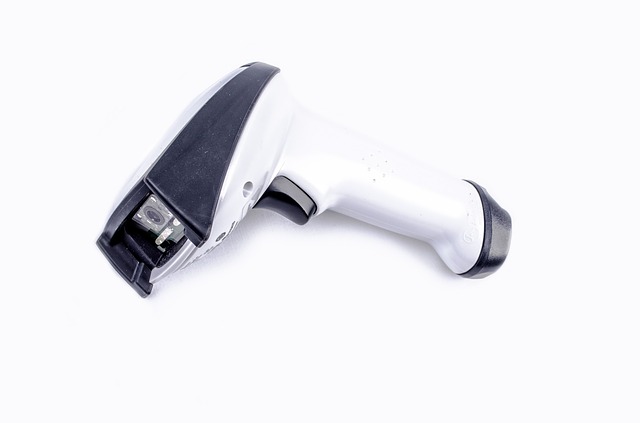
Barcode systems are cost-effective
What is that one thing that bugs you the most when you enter a KFC joint? It is the waiting in line to collect your order right?! So, your customers feel equally irritated when they have to wait for a long time to check out. In the retail industry, time is money. Feeding the product details in the computer manually is time-consuming. A smart alternative is the barcode scanner. One click will feed the details in the system. The software will create the bill, and all you need to do is get a printout, collect the cash and be done with it. It is fast and allows retailers to cater to thrice as many customers in a short time.
No room for errors
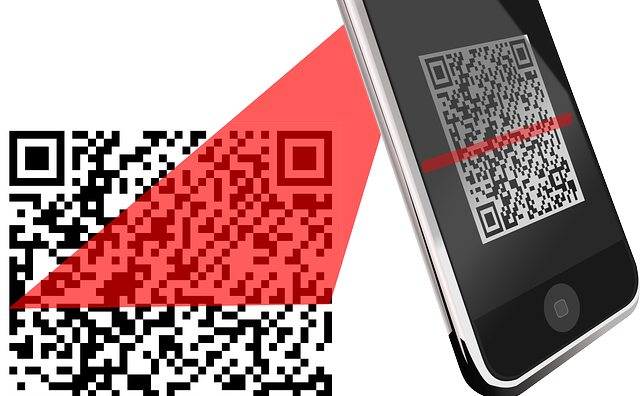
Feeding data manually is tiresome. After a few hours, the efficiency of the person in the counter will drop. It creates room for human errors. Another issue with manual data entry is not all products have the details printed in the same place. So, it will also cost time. With the use of barcode machines in retail shops, a quick scan will display every detail of the products. The person at the counter will also be able to check the expiry date if you are purchasing a medicine or food product. The barcode scanner will read the lines, and the details will be printed on the bill. It helps the clients to check the bill later. With this system in place, there is no room for any error.
Barcode is applicable in all stores
When you walk into a high-end fashion store, you desire to get the best your money can buy. For some, the authenticity of the product carries a lot of value. With the summer season sinking in this season, Kurtis have seen a significant rise in sales. But not all the kurti labels carry info about the material or the place where it has been made. Does that mean these vital details are missing? Absolutely not! These will be available when you scan the barcode. This process of data representation saves label space. Another benefit of this data representation technique is it can be used on any product. With time, the use of barcodes is on the rise.
Downsides of barcode
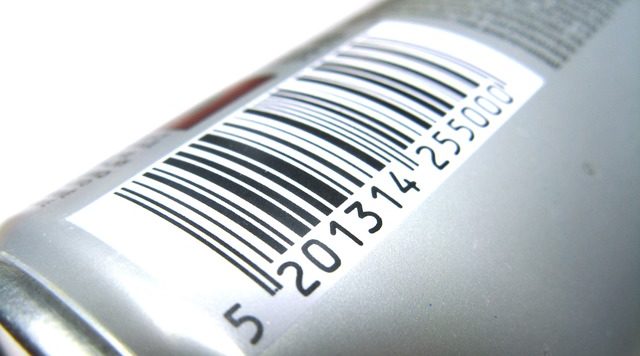
Though barcode technology has revolutionized the retail markets, it has some flaws as well. For instance, if the label on the product is damaged, then scanners will not be able to record the data. In that case, manual labor will come in handy. It is possible to prevent the barcode tags from getting damaged. Pasting barcode tag armors will keep these safe. If any retail store owner is upgrading from manual to barcode billing system, then he/she must offer training to the employees, for using this technology correctly. The installation of the barcoded billing system requires the additional installation of bill printers. But these are one-time costs, which will offer fruitful results.
The best thing about technology is its evolution. In the initial days, people had several issues with the barcodes. Some companies were even thinking of abolishing the system. With time, the technology evolved, and become simpler and smarter. Humans also became accustomed to it. Now you see barcodes in all possible places. Experts suggest scientists are working to bring about more innovation in this unique system. The barcodes will make matter easy for customers as well as retail store owners. Different and modern versions of barcodes are also used in other sectors as well.


